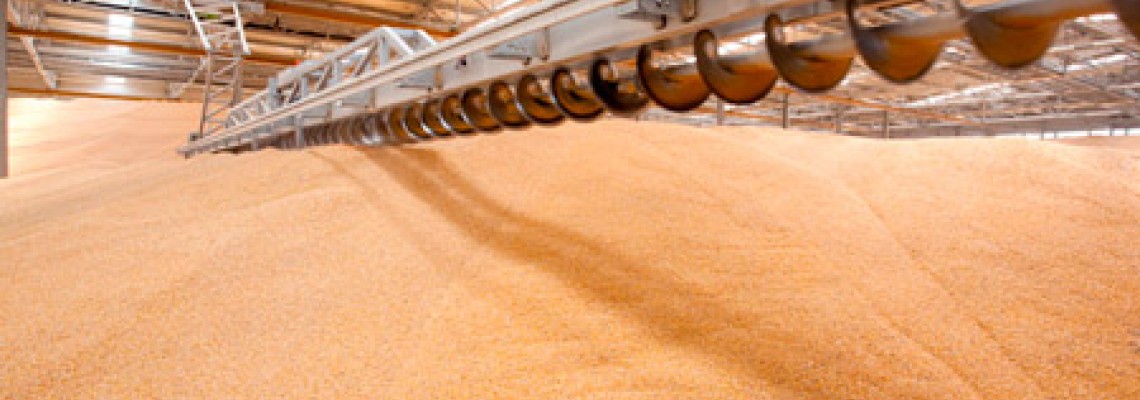
Air humidification and maintenance of humidity in elevators
With the annual increase in grain production and the transition to the European model of legislation, the requirements for environmental safety at elevators are becoming tougher. As a result, enterprises are forced to use more modern and efficient dust control systems.
One of the most serious problems in elevators is the intensive release of grain dust and light litter during transportation and transshipment of grain. However, it often turns out that even the most advanced aspiration systems and dust collectors, for one reason or another, are not able to cope with dust at 100%.
Therefore, at the end of the overflow points (after the dust capture zone by active and passive dust collectors), fogging systems for elevators are installed that spray extremely clean water without chemical additives. In addition, mist systems are installed in places where the installation of aspiration units is not possible.
What threatens the accumulation of grain dust in the air at the elevator?
A large concentration of grain dust suspended in the air is a painful problem for all elevator workers. Excessive dust content in the air can lead to the following problems:
- Material costs due to the need to pay considerable fines for exceeding the standards governing dust emissions into the environment.
- The occurrence of fire and explosion situations in the elevator (especially in such enclosed spaces as galleries).
- Violation of sanitary working conditions.Dust and light litter contains a particularly large amount of mold fungi (about 300 times more than in refined grain). Dust obstructs visibility, it is harmful to the respiratory organs and mucous membranes of personnel.
- The deterioration of the quality of raw materials. For example, due to the presence of dust, the quality of barley deteriorates, and, accordingly, the quality of malt obtained from it, which is unacceptable for breweries.
The work of aspiration systems is organized at all nodes of transfer, acceptance and shipment of grain. In areas where aspiration systems do not completely solve the problem of dust formation, fogging systems for elevators (high pressure) are additionally installed, wetting and binding dust, and, at the same time, do not soak the grain.
Fogging systems for elevators: installation features
The principle of operation of high-pressure fogging systems is the spraying of a water aerosol with a droplet not exceeding 5-15 microns. For this, a high-pressure plunger pump is used (water is supplied to it from the water supply through a multi-stage filtration system), a high-pressure line, and high-pressure nozzles with a nozzle diameter of 0.1-0.15 mm. Such small droplets form a fog cloud that floats in the air and does not settle on the surface of equipment and grain. Getting into a cloud of fog, the dust is wetted and settles, saving the weight of the shipped grain and providing dust cleaning of the air.
The requirements for the location of nozzles on the elevators are as follows:
- The fog jet must not be directed at surfaces.
- Contact of fog with grain should be excluded.
- The nozzles are placed so that the fog covers the entire dust generation zone.
- The falling material must not damage the nozzles, so they must be protected from above (if there is a possibility of damage).
- The cloud of fog must be in the path of flying dust particles.
- Nozzles are installed around the transport perimeter.
The use of chemicals to bind dust in elevators is unacceptable, such as in dust suppression in the coal industry, so elevator fog systems here operate on purified water that does not degrade grain quality. Installation of a fogging system is desirable at each of the transfer points.

Leave a Comment